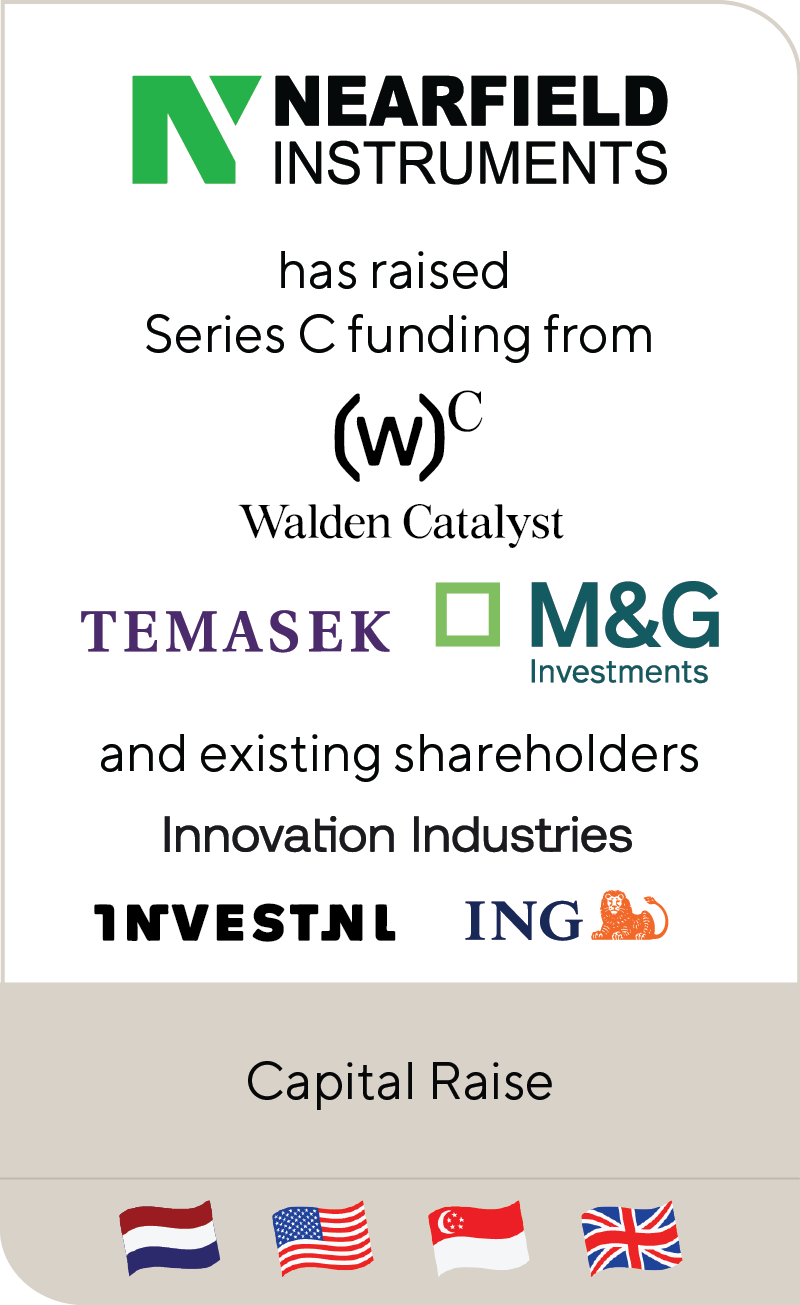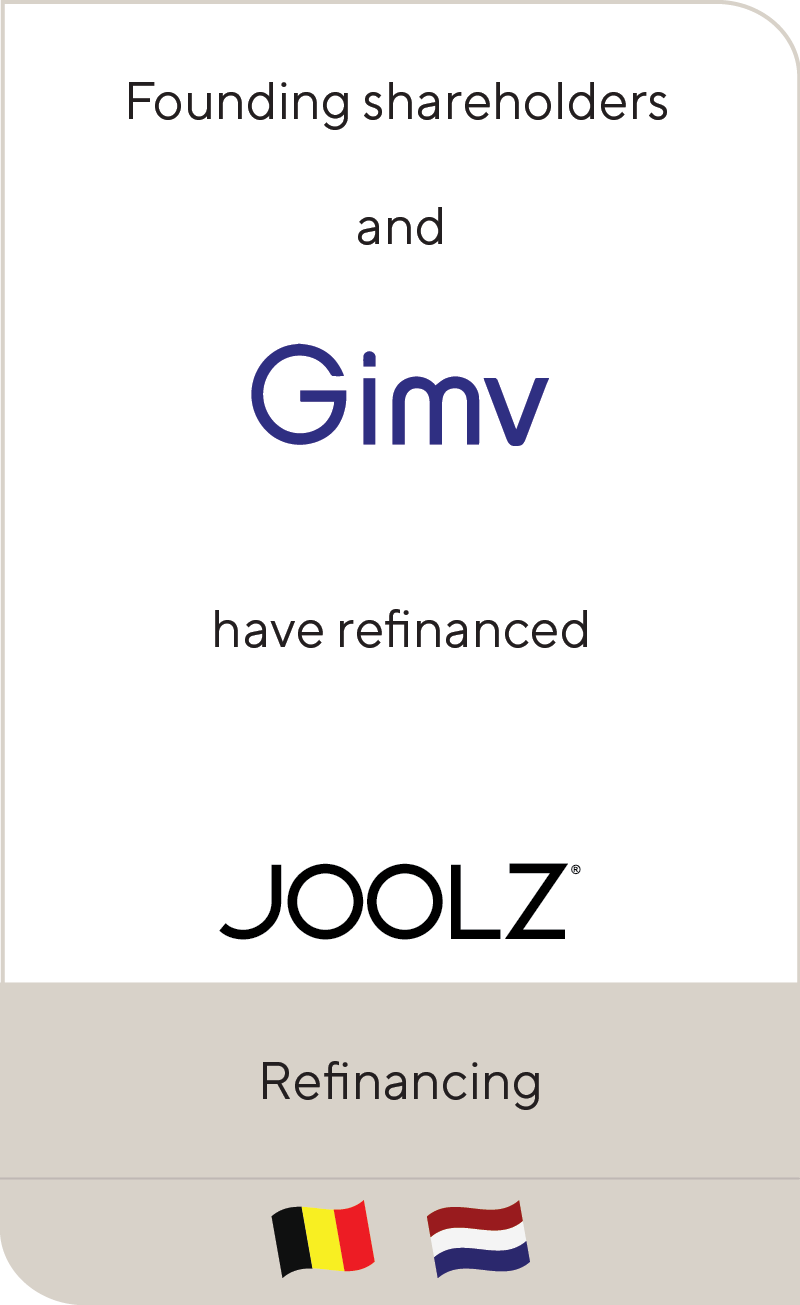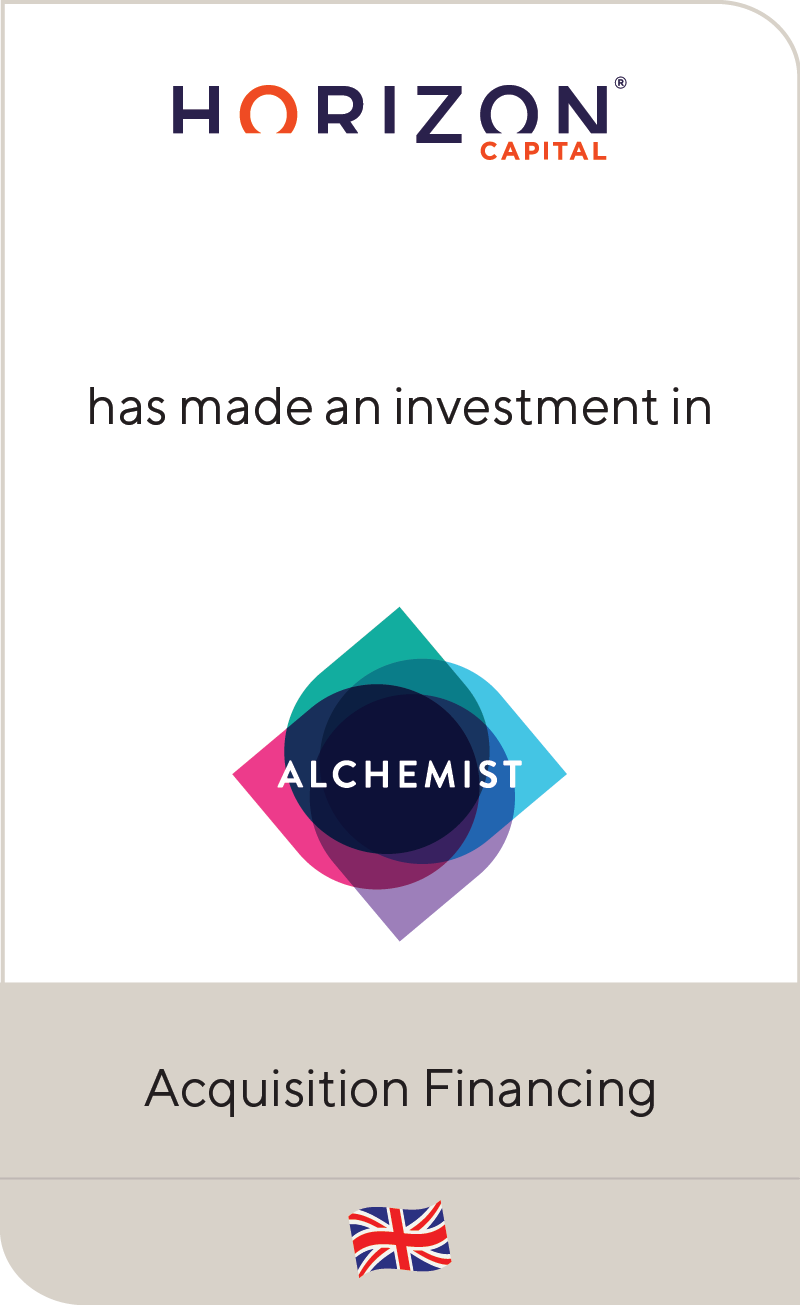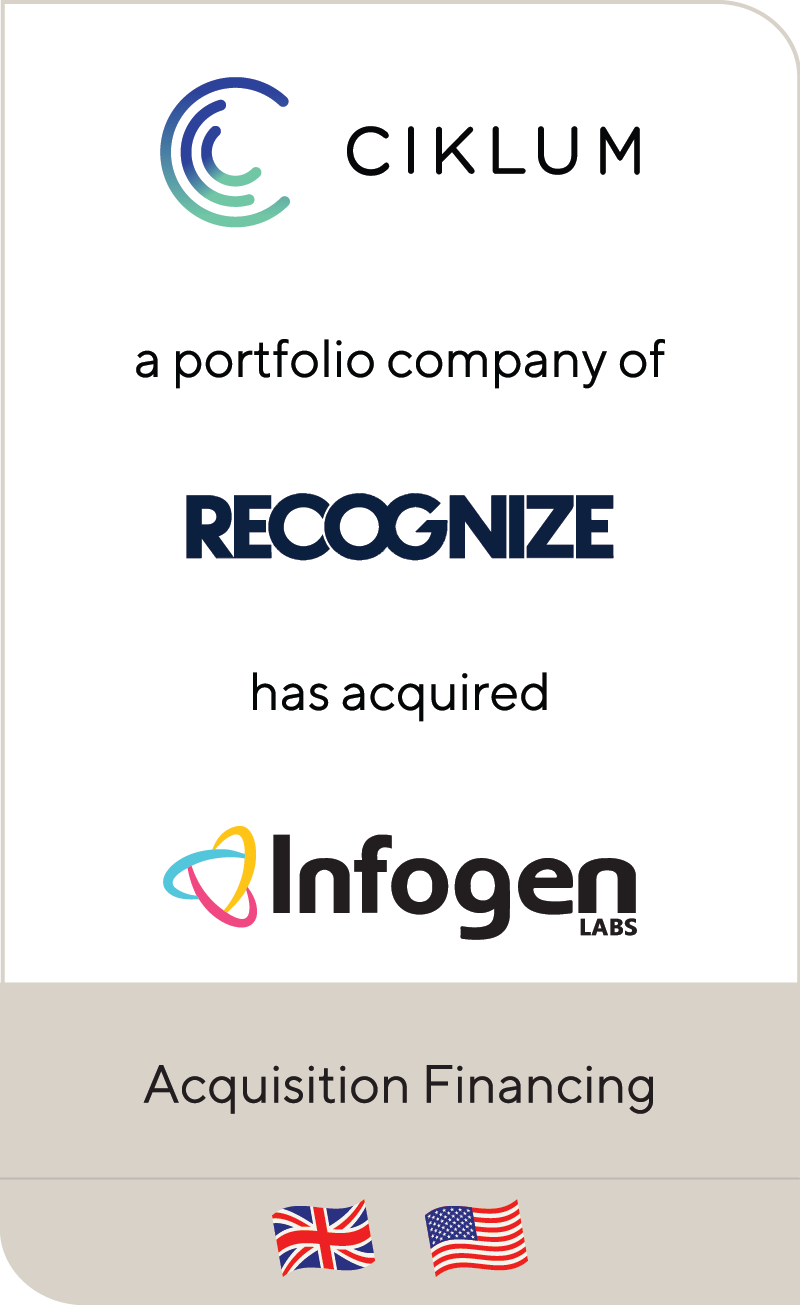Lincoln International’s Capital Advisory Group Identifies Global Financing Trends in 2021
Feb 2021
| Throughout COVID-19, one question has come up time and again: Are lenders open for business? The resounding answer: YES. There has been strong appetite among lenders to provide financing—especially for acquisitions—which built throughout the second half of 2020. This appetite is not only from direct lenders, but also banks and other alternative lenders.
Banks which tended to their existing portfolios during Q2 2020 to extend the state aid loans and provide covenant holidays progressively came back to the financing market beginning in Q3 2020. Meanwhile, after the initial shock created by the pandemic, direct lenders have experienced stronger than expected performance across their portfolios and have dry powder to deploy. |
Summary
-
Lincoln International’s Capital Advisory Group identifies global financing trends in 2021
- After the initial shock created by the pandemic, direct lenders have experienced stronger than expected performance across their portfolios and have dry powder to deploy
- Click here to download a printable version of this perspective.
- Sign up to receive Lincoln's perspectives
THREE GLOBAL THEMES TO CONSIDER IN 2021
Financing in 2020 was defined by a more complex macro environment and continuously evolving landscape of financing providers and structures. Looking ahead, 2021 looks to be an equally dynamic year. To help prepare, Robert Horak, Managing Director in the U.S., and Aude Doyen, Managing Director in the U.K., identified three financing trends to pay attention to in the year ahead.
|
1 |
Strong global M&A market.
In 2021, lending activity and volume supporting new platforms and add-on acquisitions is expected to eclipse 2020 levels in both U.S. and European markets. Industries less impacted by the pandemic, such as technology, healthcare, as well as certain business services and consumer segments, are expected to be particularly active. Industrials and other sectors that were more heavily impacted by the pandemic last year are expected to recover as economies reopen during 2021. |
|
2 |
Complexity stemming from the pandemic.
Because COVID-19 is so widespread, almost every business has been impacted, either positively or negatively. As a result, companies seeking financing in 2021 will need to thoughtfully tell their COVID-19 story. Some will center on a temporary revenue and EBITDA trough, while others will focus on the sustainability of increased performance. All will need to be well-articulated and preferably backed by data. Lenders will carefully analyze and underwrite these trends, leading sponsors and borrowers to spend more time on financing processes, despite what is expected to be an aggressive lending market. |
|
3 |
Increased restructuring activity.
2020 was marked by a lower level of balance sheet restructurings than expected, driven by government liquidity programs and accommodating incumbent lenders. Based on proprietary data from Lincoln’s Valuation Database, the average length of amendments and debt service deferrals was 7 – 10 months. Many of these modifications were done in mid-2020, meaning many will expire in Q1 2021. This will generate increased restructuring activity as lenders and private equity/owners make more permanent capital structure decisions. |
United States
| PERSPECTIVES | U.S. MARKET
The U.S. lending market is largely back to pre-COVID levels with lenders reporting leverage levels trending up and pricing coming down, adds Robert. Financing providers were extremely busy closing deals in Q4 2020 with much of the activity backing new LBOs or add-on acquisitions. Entering 2021, the market has an optimistic tone with lenders generally “open for business.” From a fundraising standpoint, 2020 turned out better than expected, with an increase from 2019. Larger, established debt funds really benefited as they had an easier time raising money than new funds. Additionally, the pre-pandemic shift toward direct lending and away from the syndicated market continued. While fundraising was up, full year volume was down, meaning 2020 added to the problem of too much capital chasing too few deals. While this will likely keep pricing, leverage and terms highly competitive, we could see some moderation in overall market statistics during 2021 as “tier 2” companies in more cyclical industry sectors recover and come to market, joining the “tier 1” pandemic-protected companies that came to market first. PERSPECTIVES | U.S. RESTRUCTURING MARKET The restructuring market has been impacted by lower-than-expected default rates. Alexander Stevenson, Managing Director, says this is driven by capital market intervention by the federal reserve, government stimulus programs (e.g. PPP loans), and unprecedented accommodations from both public and private lenders. As these conditions revert to the mean and lenders begin to take direct action with struggling credits, there may be increased default rates due to the economic disruptions and over-leveraging of businesses that have been impacted by the pandemic and the general increases in corporate leverage during the pre-COVID period. An upward trend in default rates would likely be focused in those sectors hit hardest in the short- term by the pandemic (e.g. travel, events, restaurants, retail, theaters, real estate) and in those industries impacted by longer- term changes in customer behavior or technology (e.g. energy, retail, commercial aerospace, automotive). Unlike the financial crisis of 2008-2009, if this default cycle emerges and no other exogenous events impact the market, liquidity should remain strong in the marketplace providing ample opportunities for viable businesses to restructure with, or be sold to new capital providers, as opposed to the amend and extend transactions that typified the last cycle. |
Spain
| PERSPECTIVES | LENDING DYNAMICS ACROSS EUROPE
Joaquin Mateos, Managing Director, shares that debt funds over the past two years have increased their interest in expanding across Southern Europe, especially Spain, covering the full range of debt, from direct lending to special situations and Chapter 11 bankruptcy. Most debt funds understand that once the banks finish implementing the state-backed credit facilities and start to deploy their own resources, they become very conservative, giving them a remarkable opportunity to gain market share. Debt funds are either opening local offices across Europe or creating dedicated teams to operate in specific jurisdictions. This is very important because banks still have a very powerful and diversified network of offices. Additionally, debt funds are starting to align their investment interests to the reality of the southern European countries where they want to operate. This is especially relevant in the case of Spain, where 70% of the companies are small to medium enterprises (SME) and the banks are extremely competitive in pricing. Debt funds are targeting companies with more contained EBITDAs and are lowering their entry tickets as well as their yield expectations. As an example, in Spain, there are already some local and international debt funds targeting companies with EBITDA of €5M and below, offering senior debt starting at 5% all in. |
France
| PERSPECTIVES | LENDING DYNAMICS ACROSS EUROPE
Serge Palleau, Managing Director, explains that banks arrange senior debt facilities and consider underwriting on a case-by-case basis—especially for companies they know well, or to defend an existing commercial position. Acquisition financing structures in France are based on senior debt facilities complemented with mezzanine financing for leverage around 4.5x to 5x EBITDA. Leverage and pricing came back to pre-COVID levels in deals structured with private debt lenders through unitranche facilities. For example, there was leverage as high as 6.5x EBITDA with pricing at 6.25% on a deal in the private education sector in France with EBITDA at €25M. However, there are still differences on Term Loan A (TLAs) and Term Loan B (TLBs) provided by banks and institutional investors where pricings are on average 40 to 50bps higher than before March 2020 and leverage lower by half a turn of EBITDA. |
United Kingdom
| PERSPECTIVES | LENDING DYNAMICS ACROSS EUROPE
In the U.K., Xenia Sarri, Managing Director, shares that direct lending demand continues to outstrip supply driven by excess liquidity and record levels of fundraising. As a result, terms are back to pre-COVID levels, if not better for some sectors such as technology and healthcare. However, there is potential for further volatility tied to challenges with vaccine rollouts—especially as new, more contagious strains of the virus become prominent in the U.K. and worldwide. Increased demand for refinancing and borrower friendly conditions are encouraging sponsors to opportunistically refinance, recapitalize or even reprice existing loans. Current market conditions also provide opportunities for clients to enhance returns by optimizing the capital structures of their portfolio companies. PERSPECTIVES | LENDING OUTLOOK BY SECTOR ACROSS EUROPE Xenia adds that software, a COVID-resilient sector propelled to unprecedented growth and valuation levels during the pandemic, has attracted the interest of equity and debt investors alike. With the rise in non-bank lenders, high-growth technology businesses with limited or negative cashflows are becoming increasingly financeable on a recurring revenue basis. With the proliferation of specialty technology lenders and venture debt funds, financing options have expanded exponentially for software businesses. Now is an opportune time for software companies to tap the depth of the lending market and seek financing to support their growth plans. PERSPECTIVES | EMERGENCE OF ESG PERFORMANCE AS PRICING CRITERIA IN EUROPE Transactions with explicit sustainability-linked pricing ratchets are emerging in Europe, according to Aude. Investment-grade corporate debt has had an ESG agenda for several years, linking loan terms to ESG goals, but there have been very few examples in leveraged finance until recently. In the second half of 2020, debt funds including Barings, CVC and Tikehau have announced ESG unitranches with margin reductions in return for reaching ESG goals. We expect this trend to continue in 2021, following the LMA and European Leveraged Finance Association issuing guidance that will bring more consistency in reporting on those matters. |
Italy
| PERSPECTIVES | LENDING OUTLOOK BY SECTOR ACROSS EUROPE
Daniele Candiani, Managing Director, finds that lending activity and volume, with reference to acquisition and leverage finance, in 2020 did not suffer as a result of the pandemic. The sectors with the highest lending activity last year were TMT, healthcare and a few COVID-resilient Industrial sectors. We expect that these sectors will be the most interesting ones for the lenders as we move into 2021 as well. For 2021, many lenders expect a stronger mid-market M&A and increased lending activity, especially for COVID-resilient sectors at the level of direct lenders and banks. Additionally, leverage levels and spreads are expected to remain stable compared to 2020. |
DACH
| PERSPECTIVES | LENDING OUTLOOK BY SECTOR ACROSS EUROPE
Dominik Spanier, Managing Director, and Christine Weis, Managing Director, share that in the DACH region (Germany, Austria and Switzerland), sectors with a perceived low cyclicality or COVID-resilience are expected to generate substantial M&A activity leading to respective financings with multiples often exceeding 5.0x EBITDA. A survey of ca. 100 lending institutions, both banks and funds, active in the DACH region in early January found that the sectors with the expected highest lending activity are TMT and healthcare (both with ca. 40%) followed by business services and consumer/retail. Less favorable sectors will generate lower multiples around 3.0x–a trend already closely observed for the past two years. |
Key Takeaways from DACH Lender Survey:
A survey of ca. 100 lending institutions, both banks and funds, active in the DACH region in early January found that:
|
Contributors

By linking my experience in debt advisory and mergers and acquisitions, I look forward to delivering flexible and innovative financing solutions to make an impact that matters with long-term target clients, as Lincoln does best.
Daniele Candiani
Managing Director & European Co-head of Capital Advisory
Milan
I build trust with clients by putting their interests first at all times.
Aude Doyen
Managing Director & European Co-head of Capital Advisory
London
We attempt to pursue creative and value-maximizing financing and strategic transactions to address complex challenges while maintaining effective advocacy for our clients’ interests.”
Alexander Stevenson
Managing Director & U.S. Co-head of Capital Advisory
Los AngelesLincoln Professionals with Complementary Expertise

By linking my experience in debt advisory and mergers and acquisitions, I look forward to delivering flexible and innovative financing solutions to make an impact that matters with long-term target clients, as Lincoln does best.
Daniele Candiani
Managing Director & European Co-head of Capital Advisory
Milan
I build trust with clients by putting their interests first at all times.
Aude Doyen
Managing Director & European Co-head of Capital Advisory
London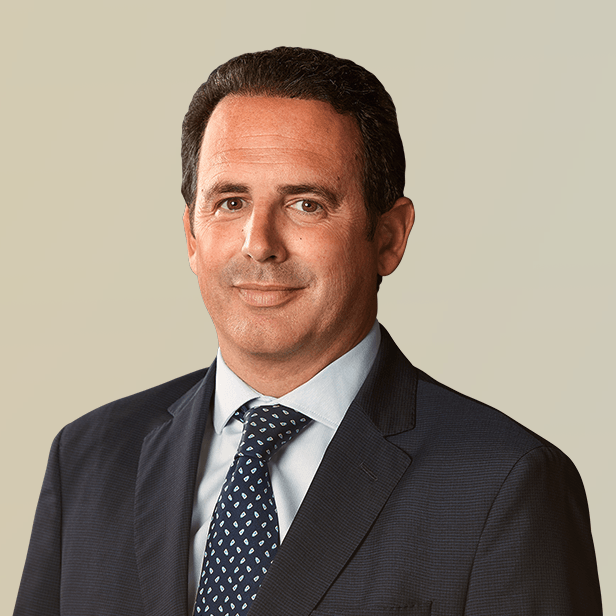
I take an active role in every stage of the transaction process in order to achieve the goals of my clients.
Iván Marina
Managing Director | CEO Spain
MadridRelated Perspectives

Real Deals | Roundtable: Mid-Market Debt Open for Business
Originally posted by Real Deals on July 17, 2024. Dividend recaps are being considered as an interim solution to deliver capital to limited partners due to fewer exits and improving… Read More

BeBeez | Megadeal, Is the Train Starting Again?
Originally posted by BeBeez on July 1, 2024. Increased stabilization of rates and decreased debt market volatility have led to a series of high-yield bonds being issued in Europe. Refinancing… Read More

Silent Defaults in Private Credit: The Unspoken Struggle
A meaningful percentage of borrowers are facing challenges as base rates remain stubbornly high for longer. While companies are demonstrating consistent performance, many are experiencing liquidity constraints. Despite private credit… Read More

LevFin Insights | U.S. Private Credit: Devil in the Default Details—Amendments, LMEs Mask Private Credit Default Rate, Lincoln Data Show
Originally posted by LevFin Insights on June 26, 2024. Inflated interest rates and increased financial pressures on private companies have triggered a rise in creative approaches to avoid defaults. According… Read More














